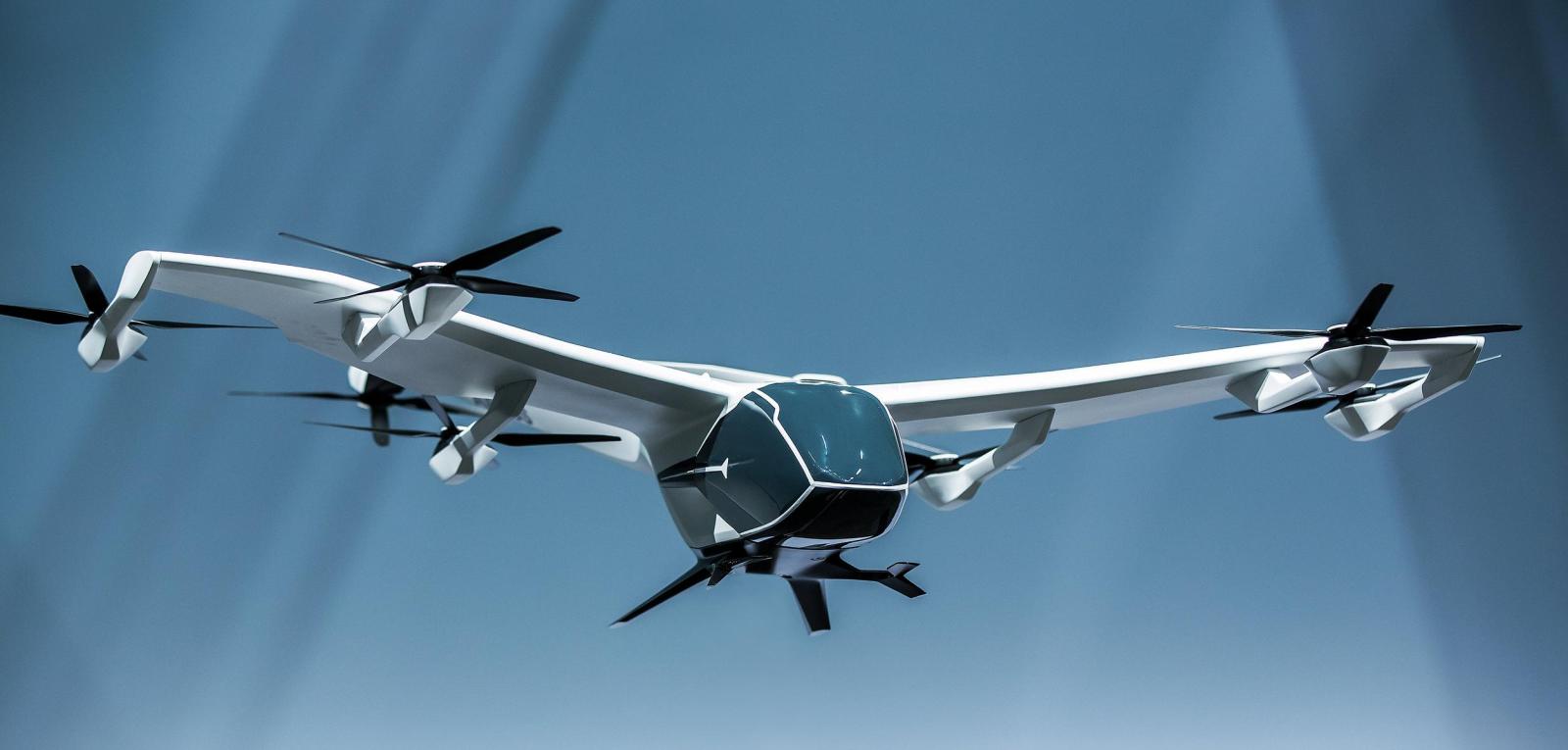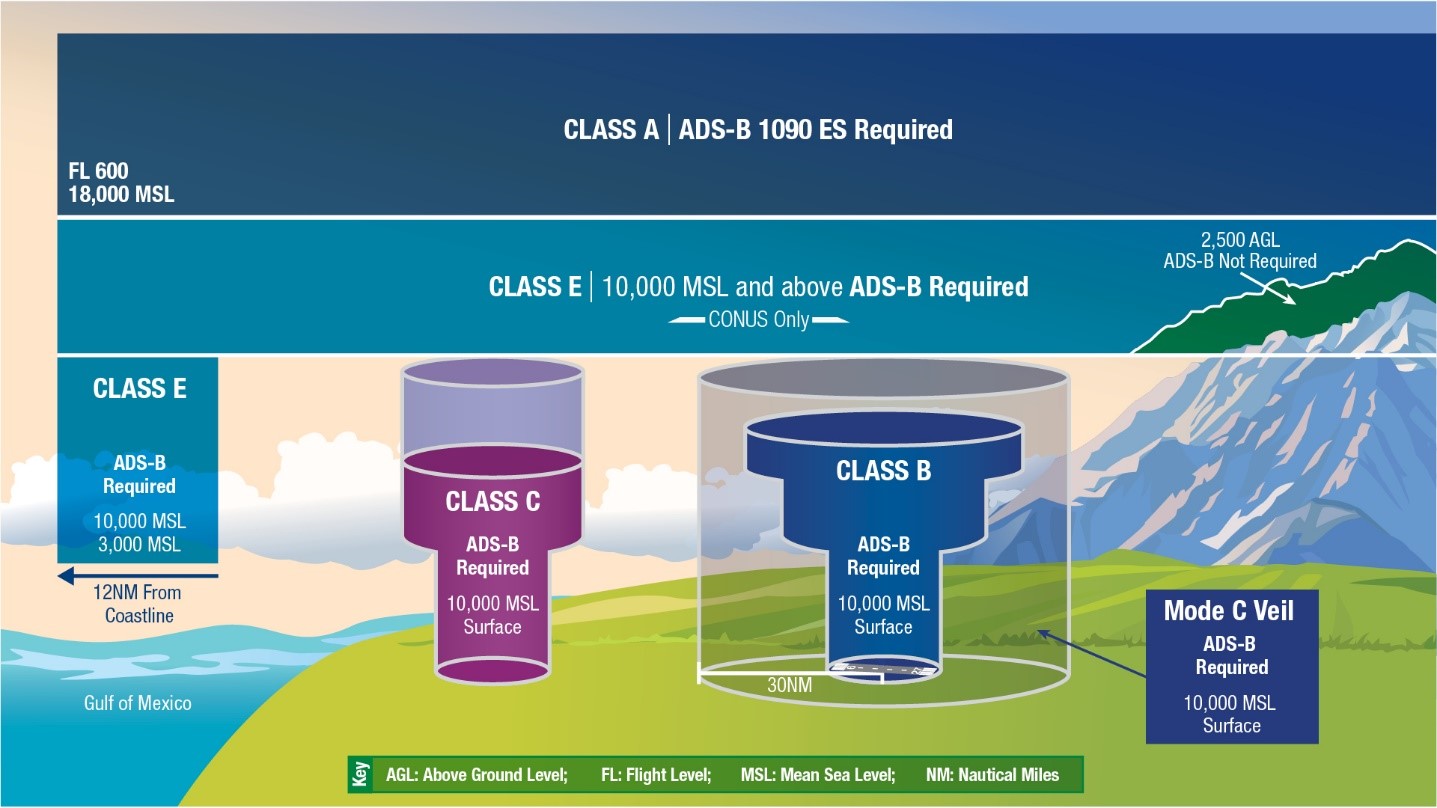Leeham News and Analysis
There's more to real news than a news release.
Bjorn’s Corner: Sustainable Air Transport. Part 48. eVTOL traffic management
December 2, 2022, ©. Leeham News: Last week, we started looking at the air traffic problem of eVTOLs. The rulemaking on how these shall avoid running into each other, other aircraft, and drones outside controlled airspace is not done.
The first general principle has been issued by European rule-makers dealing with how drone traffic shall be regulated, and this will also be expanded to cover VTOLs. Airbus, the world’s largest vertical transport supplier, through its helicopters, gave its view on VTOL operations in its two-day Summit this week.
eVTOL operations
Airbus is the eVTOL player with the longest and most extensive vertical flight experience as an OEM. Its helicopter range is produced for 70 years and covers small single-engine types taking a tonne of payload to large multiengine types that carry over 5 tonnes. Their helicopters typically have an endurance of four hours or more.
Its eVTOL project, CityAirbus NG (Figure 1), is modest with its range (40nm), and speed claims (65kts). It’s because its investor, the Airbus group, doesn’t need fantasy figures to continue the program. Its eVTOL complements its helicopter range. Airbus is in eVTOL for the long haul and is more interested in claims it can keep and the application of the eVTOL to the correct initial markets, so a public backlash against the category can be avoided.
At the Airbus summit, the first use case for the CityAirbus NG was announced. It’s EMS (Emergency Medical Services), where the low noise extends the acceptable working hours for a quick reaction medical support service. Due to its short range, the helicopter complements the eVTOL for longer-range EMS.
The following application is e-Tourism, where the eVTOL can fly people to places where a noisy helicopter would not be acceptable.
The third was scheduled shuttle services between airports and city centers or center to center.
Non-timetable or random destination air taxi operation was “for later” as the air traffic rulemaking and infrastructure is not ready (the CityAirbus NG becomes operational 2026).
The Air Traffic Management problem
As mentioned last week, the framework for managing air traffic outside controlled airspace is unclear. Europe has given the first guidelines for what to do for its U-space, an airspace volume where drones, VTOL, helicopters, and general aviation shall co-exist.
The technology for managing all these different classes of vehicles is not ready. There is no clear understanding of how it shall be done. Can collision avoidance applications be prescribed for general aviation traffic beyond the requirement for ADS-B?
ADS-B out (you send where you are and where you are going) is required in the A, B, and C airspace but not below 10,000ft for class E (Figure 2) outside controlled airspace on altitudes where eVTOLS fly. While many will have it, gliders and ultralights flying in free airspace might not. And drones will not have it (certain manufacturers offer it for certain models, like DJI, but it’s not mandatory).
Also, ADS-B shows you where another vehicle is but not how you shall avoid it. It’s for the more advanced TCAS required for commercial airliner operations.
So what’s needed?
We need all vehicles, including drones, to have ADS-B out (telling where it is and going) and ADB-S in (sucking in where others are around you and going). But we also need a function that tells the pilot what to do with this information, a TCAS-like “Sense And Avoid (SAA)” function.
This application and the rules for the avoidance algorithms are missing, and these need to emerge as a world standard. It will not work if each regulator or region has their version of a sense and avoid application. Before we have all players equipped with ADS-B at low altitudes outside controlled airspace and equipped with a “Sense and Avoid” function, we can’t have a safe drone and eVTOL operation.
But before this can happen the rules for flying in this airspace has to be defined, and there we only see the first steps.




Sounds like strict zoning rules should apply for helicopters, e-VTOL/UAM’s, gliders, ultralight and drones in addition to ADS-in and out. Most cities to airports should then only allow Helos and e-VTOL/UAM’s in separate corridors in addition with ADS-in/-out and flight mgmnt boxes to handle TCAS situations, one could assume a TCAS light for those maybe a 5G/6G smartphone app giving directions to the display/autopilot.
The FAA has been very clear that ADS-B is not the solution, see recent AC91-57C and Part 107 Subpart C. My understanding is ADS-B was not designed for that density of traffic and would be negatively impacted if sUAS, etc were to use the system. NASA has been looking at repurposing 4G networks to form a comms backbone for a air traffic network at low altitude, but that’s tricky because terrestrial cell network antennas are optimized to radiate energy at the ground and not into the airspace.
Part of the problem has always been the chicken and egg of do you make a huge investment in ATM for a speculative market that may never really exist? And yet without an ATM solution you can’t grow the market.
As commented above, ADS-B is not the solution for eVTOL or Drone operations. The issue is not so much technical – the UAT ADS-B format can handle the volume (the 1940’s technology based transponder version cannot) but the resulting clutter for ATC and other users with ADS-B receivers would devalue the system. ATC in the USA has made it clear they are not interested in managing eVTOL or Drones outside of traditionally defined controlled airspace so the task will fall the third party providers. Some of these are quite advanced and several systems are bing tested today. For collaborative anti-collision, there is a standard in advanced development for both Drone and eVTOL operations that is an extension of the current ACAS systems architectures. This standard describes a quite clever system which includes participation from Drone ground stations, which takes computation load and the associated weight / power penalty off the air vehicles themselves while providing full interoperability with existing systems in controlled airspace.
For dedicated UAS and eVTOL volumes, ADS-B like systems have been defined – similar message contact but different radios – cellular included. These systems are required in the US by FAA rules published at least a year ago.
Concepts of operation and some operational rules have been published by multiple ANSP’s including the FAA and EASA. These all include a phased approach that keeps pace with the developing operation tempo and complexity of these new transportation modes.
In short, I believe that Air Traffic operations will not be a constraint to the wide scale deployment of eVTOL or Drone platforms and services. Platform certification (although this is now quite well understood and some eVTOL platforms have the finish line in sight), availability of flight crew and public acceptance seem to be the likely barriers – and all of these are recognized and are being addressed globally.
Hi Tim,
the problem with an ACAS (or TCAS, the same thing) is that we need all the types to be equipped. The industry has spent the last 5-7 years getting virtually all aircraft, including General aviation, Helicopters, and some high-end drones to install ADS-B. Only commercial operators have ACAS/TCAS. Now we shall get all to install ACAS/TCAS as well? That will be an uphill struggle. If we have participants that don’t have it there will be collisions and then VTOL air taxi is dead..
I am waiting for an answer on how drones will see aircraft in uncontrolled airspace. The current requirement of see and avoid placed deconfliction on the operators ability to visually detect a conflict and maneuver as needed. It will be interesting to see how drones accomplish this
TCAS III?